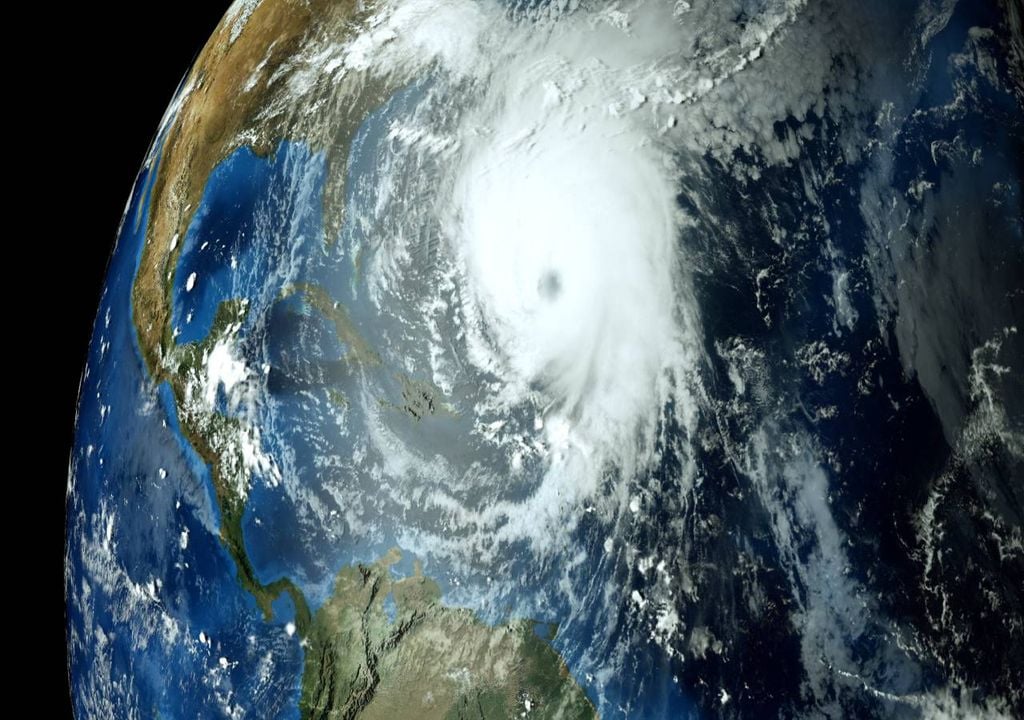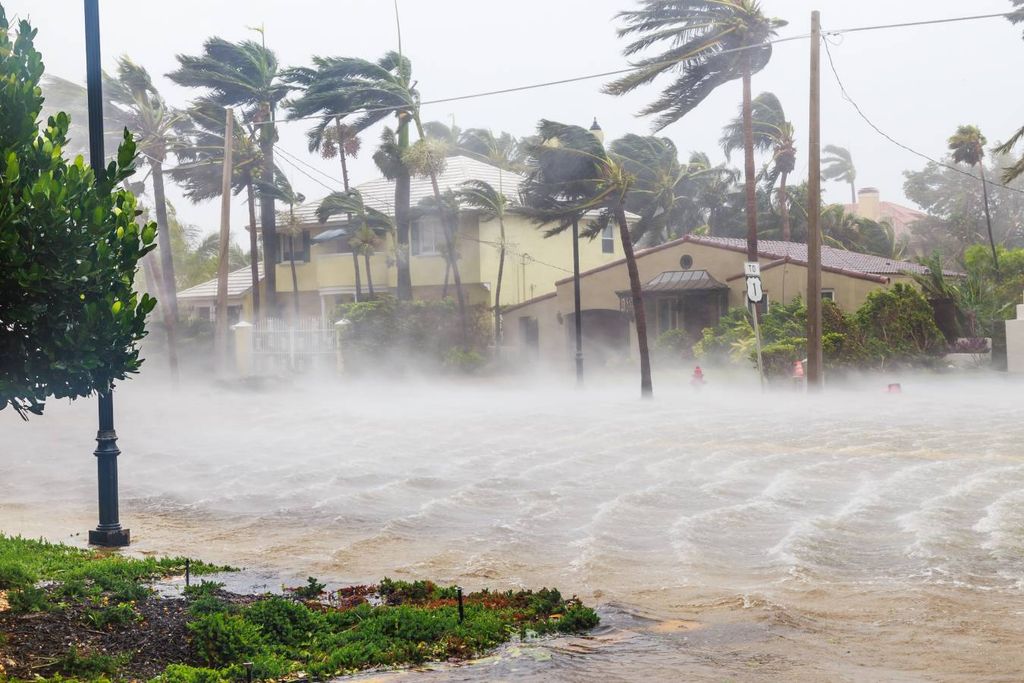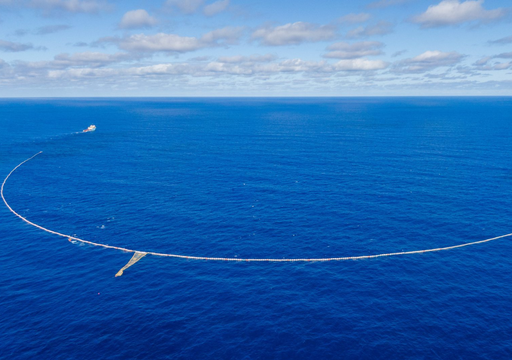High Temperatures in the North Atlantic Raise Fears of a New Hyperactive Hurricane Season
The unusually ominous temperatures that are currently being felt in the North Atlantic Ocean, combined with other phenomena, raise fears that the hurricane season that approaches in less than two months could be extremely active. Get to know the details!

The increase in air and ocean temperature around the world may be setting the scene for an explosive hurricane season in the North Atlantic. In February, the global temperature of the earth and ocean surface was 1.40 °C above the average of the 20th century, 12.1 °C, being the hottest February of the 175 years of global climate records of the National Oceanic and Atmospheric Administration (NOAA).
The highest overall average sea surface temperature ever seen, of 21.09 °C, was recorded. It is a trend that has been gaining strength, especially in the Arctic, where temperatures are heating up faster, causing the region to lose the ice of its glaciers.
Closer to our geography, the water temperatures of the North Atlantic are much higher than normal. In an area of the Atlantic known as the main region of hurricane development, sea surface temperatures are well above normal, 0.6 ºC higher than in any other recorded year.
There are just over two months left until the Atlantic Ocean hurricane season, which officially runs from June 1º to November 30, according to NOAA, but in parts of this ocean it seems that we are already in the middle of it. In a strip of the ocean where many cyclones are "born", ocean temperatures in February are closer than would be expected in June.
This unusually sinister heat is raising concerns about another hyperactive season of hurricanes in the Atlantic. Seven of the last eight seasons have had an activity above normal.
In terms of ocean heat content, the tropical east Atlantic (the MDR east of the Lesser Antilles) thinks it's June 8, not March 8.
Brian McNoldy (@BMcNoldy) March 8, 2024
(also, notice how crazy 2023 was!) pic.twitter.com/II6NOtL0u5
Last year, an equally unusual heat fueled a time of storms that was significantly more active than the meteorological community anticipated, than even with the presence of the El Niño climate pattern, which emerged last spring, and which tends to inhibit the formation of cyclones in the Atlantic, the season was calm.
The new hurricane season may bring a new ingredient this year, a growing probability that a La Niña pattern will replace El Niño in late summer or early autumn. This is another bad sign, since La Niña is associated with active patterns in the tropical Atlantic.
It is still too early to say if the high temperatures will persist in the hurricane season or when La Niña may arrive, but especially together, trends suggest that an active season may be difficult to avoid.
A consistent trend of high and medium temperatures
Last spring, El Niño gave all indications of a slowdown in hurricane activity in the Atlantic in summer and autumn. This pattern triggers changes in atmospheric circulation that, on the other side of the planet, can hinder the formation and strengthening of tropical storms.
High pressure areas with descending air are more common over the Atlantic, and wind shear, when wind speed and direction varies at different altitudes, increases. This factor hinders the formation of cyclones.
NOAA even predicted a calmer hurricane season, but as El Niño developed and an unusual heat appeared far beyond the areas of the Pacific through which the climate pattern is known, it forced changes of perspective.
In August, it became clearer that the ocean heat would probably neutralize the typical effect of El Niño in the Atlantic, and NOAA updated its forecast. The season ended with about 20% more activity than the average.

La Niña, on the other hand, happens when jet streams similar to waves near the equator move northward, towards the Americas, causing water cooler than normal to rise to the surface. This climatic phenomenon results in less wind shear in the Atlantic Ocean and usually contributes to a more active hurricane season.
Fearful prospects of a hyperactive season?
If this trend persists in the upcoming hurricane season, it may mean a favorable environment for the tropical waves flowing from Africa to turn into cyclones.
There are several factors that can explain it, one of them is the weak winds that are predicted over the Atlantic and that discourage evaporation, which could allow the cooling of the water, transferring heat to the air.
Another factor, the fact that surface temperatures tend to remain high, adding to one more, the forecast that, at the height of the hurricane season, from August to October, precipitation will be above normal throughout the tropical Atlantic.
The last one we have already explained here, and that Meteored has documented, the scientific community's forecast for the appearance of La Niña, which weakens the shear of the wind at high altitude, one of the main ingredients that pave the way for storms to organize and strengthen.
It is expected that this weather pattern can reach its peak precisely at the height of the hurricane season. This fact, combined with ocean temperatures still abnormally high and which function as the fuel needed to feed hurricanes, could lead to an explosive situation in the North Atlantic basin. It's a situation to follow!








